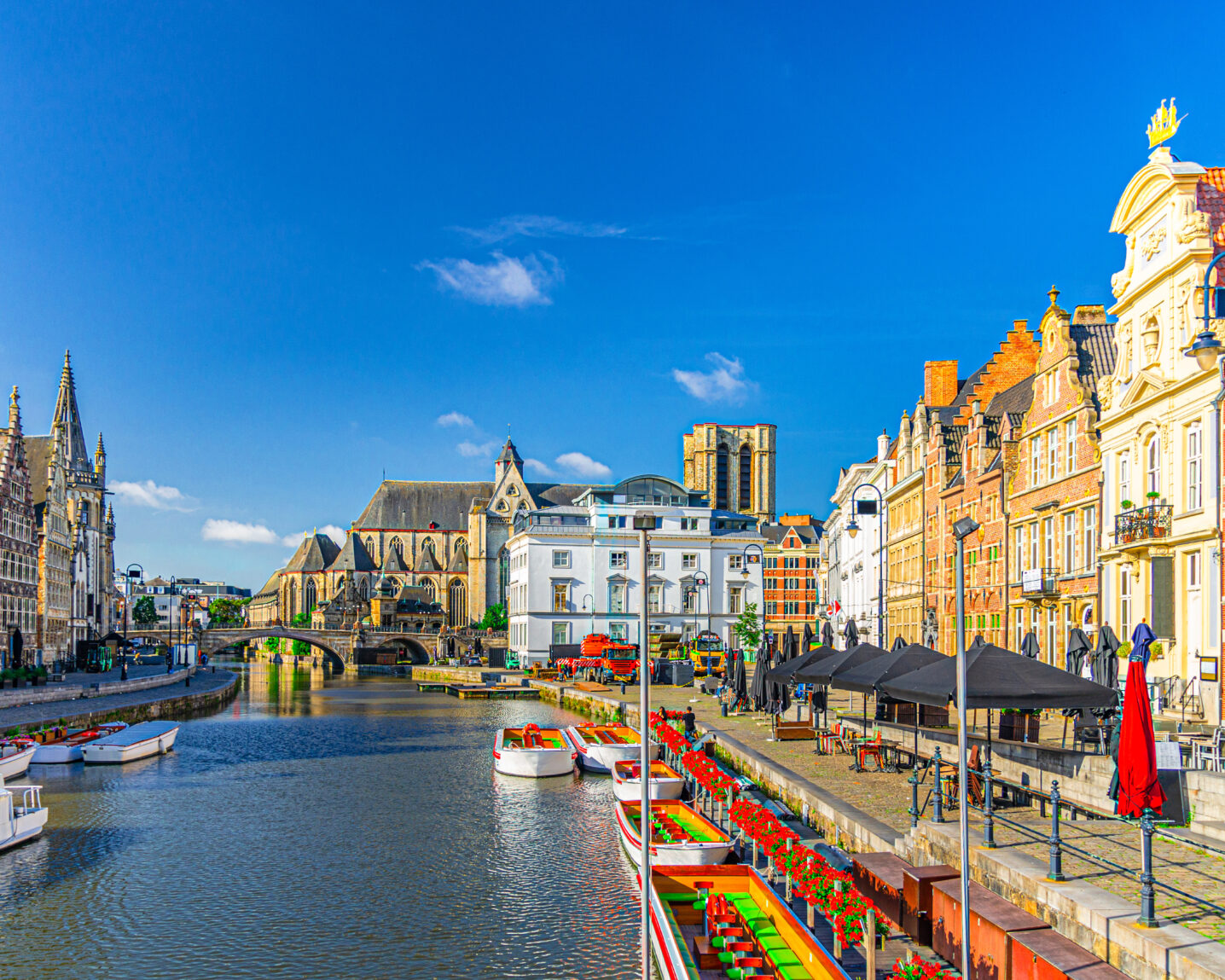Urban distribution by water
The city of Ghent has an intricate network of waterways deep into the city center. In the Middle Ages, barges were an everyday sight for transporting grain, wine, beer, building blocks, and so on. The city of Ghent and De Vlaamse Waterweg wish to explore what potential water-bound city distribution has to offer today.

The challenge
The City of Ghent and De Vlaamse Waterweg want to gain more insight into the possibilities and the business case for water-related city distribution in Ghent. The vision ‘Water in the City of Ghent’ forms the framework for this.
The research focuses on supply, pick-up and return flows of stores, hotels, restaurants and offices on the one hand, and on parcel delivery and large deliveries per pallet or roll container to individuals and companies on the other. It does not cover bulk goods such as waste or large quantities of construction debris.
The approach
On the basis of an analysis of Ghent’s waterway infrastructure, best practices and an inventory of city distribution vessels, we are designing promising logistics barge concepts for Ghent’s inner city. The starting point for all concepts is the bundling of goods in an urban distribution center on the outskirts of the city, after which a small vessel transports the goods to one or more transshipment points within the city ring. The last mile is done with a cargo bike or electric delivery truck.
Thanks to a financial model we are building tailored to this assignment, we can calculate the profitability and social added value (reduced truck trips and emissions) for different use cases.
This leads to important building blocks that we use to put together the most promising model for the city of Ghent.
The result is the description of a promising future scenario and an implementation plan with short- and long-term possibilities to realize urban distribution by water in the city of Ghent.
Impact
With this study, we provide the necessary tools to realize freight transport by water in downtown Ghent.

